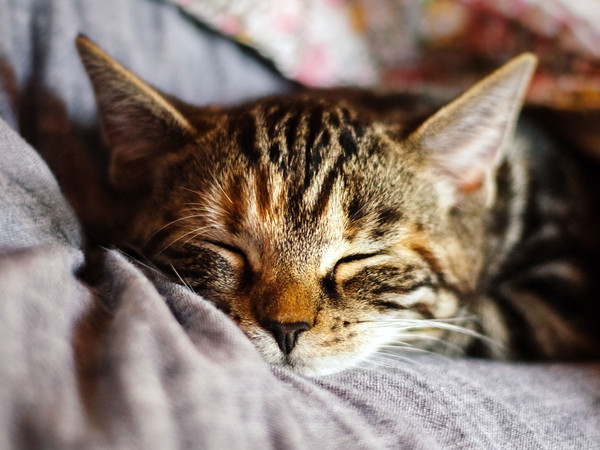Cats produce their characteristic purring in a different way than experts have previously thought. While earlier theories attributed these low-frequency sounds to repeated nerve impulses and the subsequent contraction and relaxation of the vocal cords, an international team of experts has now discovered that the cat’s larynx is capable of producing low-frequency sounds on its own when air passes through it, without the need for nerve impulses. A special ‘cushion’ inside the vocal cords is responsible. The results of the research, which involved the Voice Research Laboratory at the Faculty of Science, have been published in the prestigious journal Current Biology.
Cats meow, caterwaul, and purr, and these sounds play an important role in their communication. In terms of voice production, meowing and caterwauling are nothing special. They originate in the cat’s larynx, or vocal cords, just like the sounds of humans and many other mammals. “In contrast, cats’ purring has long been considered exceptional. Half a century ago, scientists came to the conclusion that purring is produced by a special mechanism based on the cyclical contraction and relaxation of the vocal cord muscles inside the larynx, which would require cyclical excitations from the central nervous system,” said Jan Švec from the Department of Experimental Physics at the UP Faculty of Science.
However, the current study, led by the University of Vienna voice scientist and graduate of biophysics at the UP Faculty of Science Christian Herbst, has shown that cyclic muscle contractions are not necessary for cats’ purring. In fact, data from laboratory experiments have confirmed that the larynx of the domestic cat can produce impressively low sounds at the frequency of purring using a stream of air, without requiring any cyclical neural input or repeated muscle contractions. The observed sound production mechanism bears a striking resemblance to the human ‘vocal fry register’ that often occurs during speech.
“Anatomical research has revealed unique ‘cushions’ in the vocal cords of cats that probably contribute to the fact that an animal weighing only a few kilograms can easily produce sounds at incredibly low frequencies of around 20 to 30 Hz, which are more typical of huge animals such as elephants,” said Švec.
According to him, the results of the study are surprising, but they do not necessarily deny the possibility that cyclical nerve impulses were involved in the occurrence of purring in live cats observed in the past. “Theoretically, they may be combined with the purely biomechanical processes in the cat’s larynx observed now. The newly published results are a clear indicator that the current understanding of cats’ purring is incomplete and requires further research,” added Švec.
